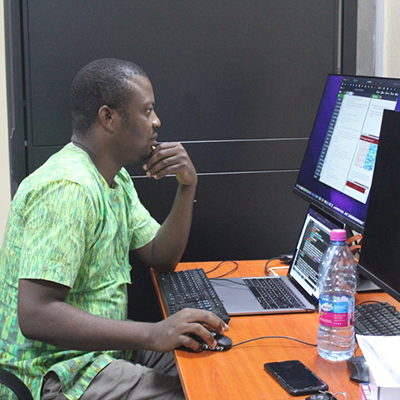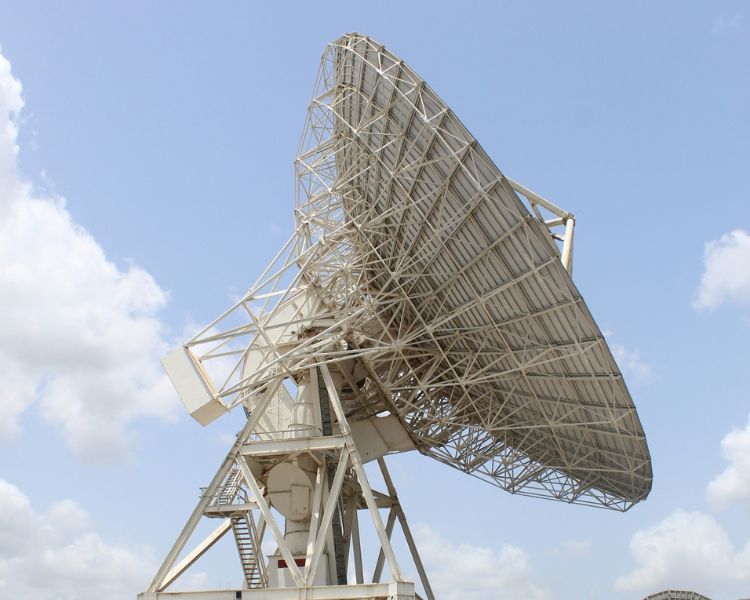Overview
As a precursor to the SKA Project, which aims to build the world’s largest and most sensitive radio telescope, Ghana and South Africa embarked on a project to convert an old telecommunications antenna into a radio telescope. In 2013, the African Very Long Baseline Interferometry Network (AVN) engineering team from the South African Radio Astronomy Observatory (SARAO) signed a Memorandum of Understanding (MOU) with the Ghana Space Science and Technology Institute (GSSTI), leading to the formation of the Radio Astronomy and Astrophysics Centre (RAAC) to manage the telescope’s day-to-day operations. This initiative is part of a broader African network of telescopes designed to address a significant gap in the global Very Long Baseline Interferometry (VLBI) network. South Africa and its SKA partner countries, including Ghana, are working towards establishing this network, which will enhance engineering and scientific skills across the continent. The first phase of the Ghana project was completed in 2017, during which 'first light' science observations, including Methanol Maser detections, VLBI fringe testing, and Pulsar observations, were conducted. The project has since entered its second phase, which focuses on upgrading the telescope with an atomic clock, new cable wraps, new motors, and other advanced instruments to integrate it into global radio telescope research. Additionally, an advanced environmental monitoring system has been installed at the observatory.
Vision
To be a leading centre in Ghana for radio astronomy and astrophysics, driving advancements in space science and inspiring the next generation of scientists through innovative research and collaboration.
Mission
To advance radio astronomy and astrophysics through innovative research and technology, enhancing our understanding of the universe and contributing to global space science.

